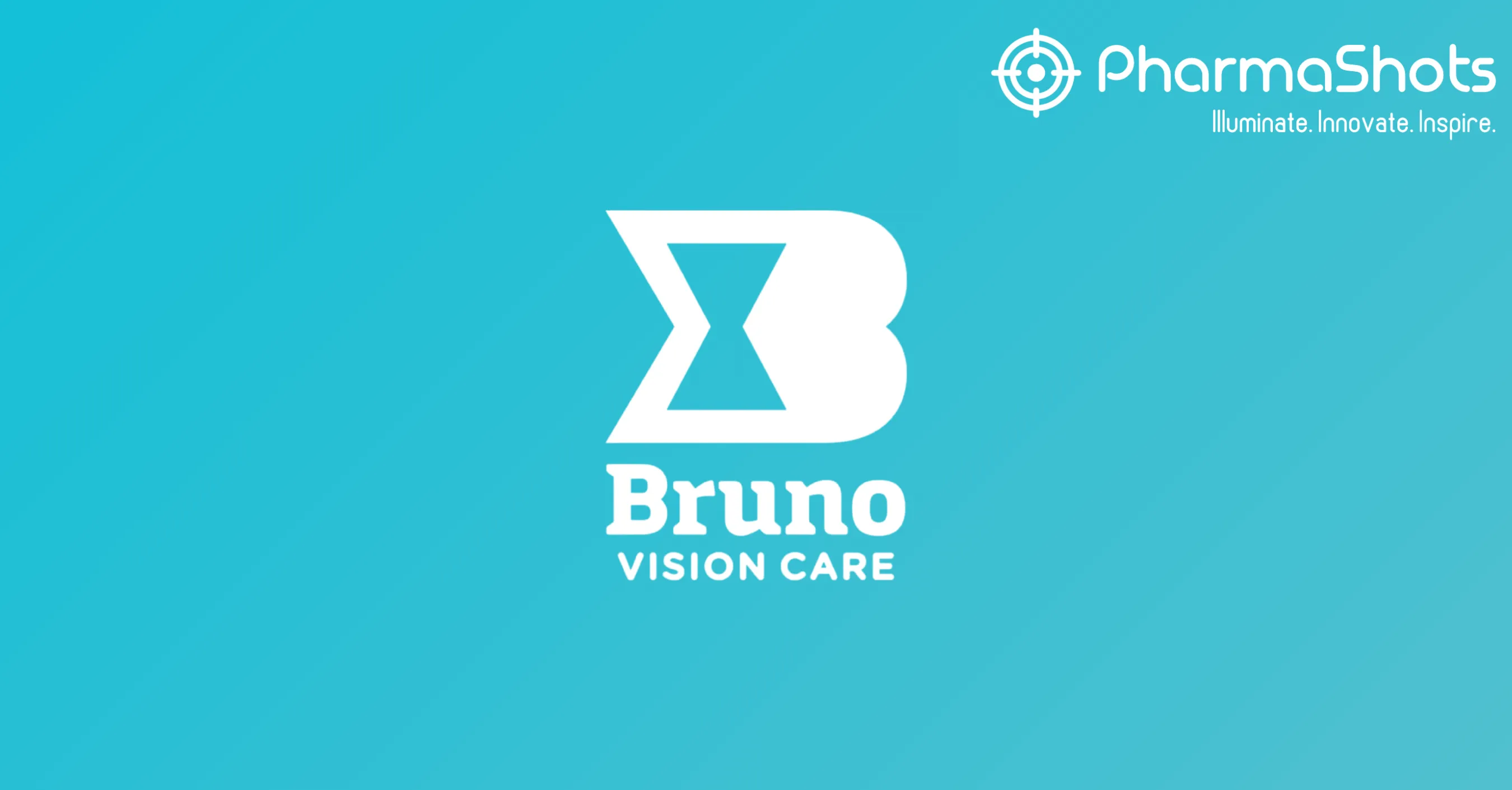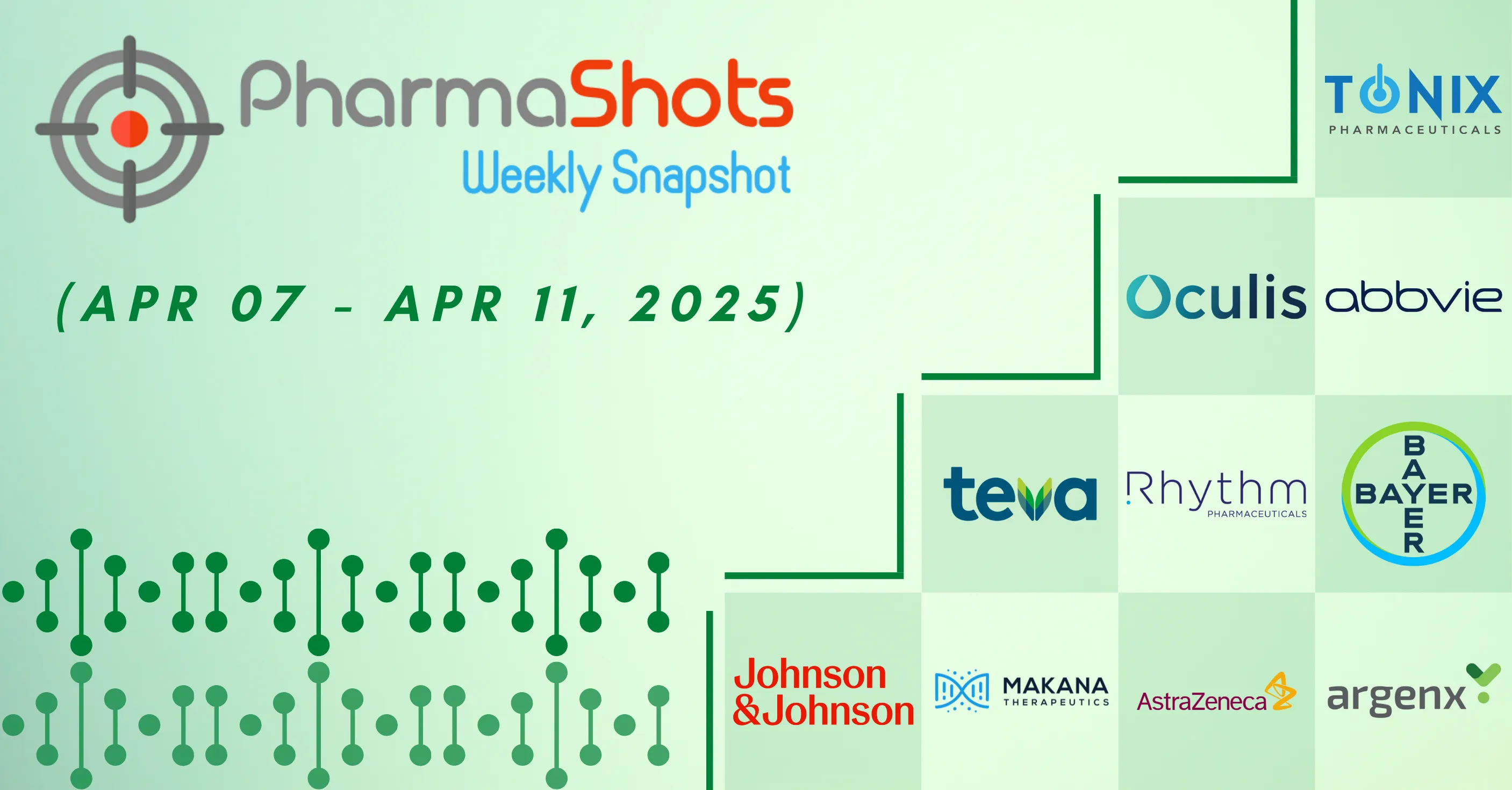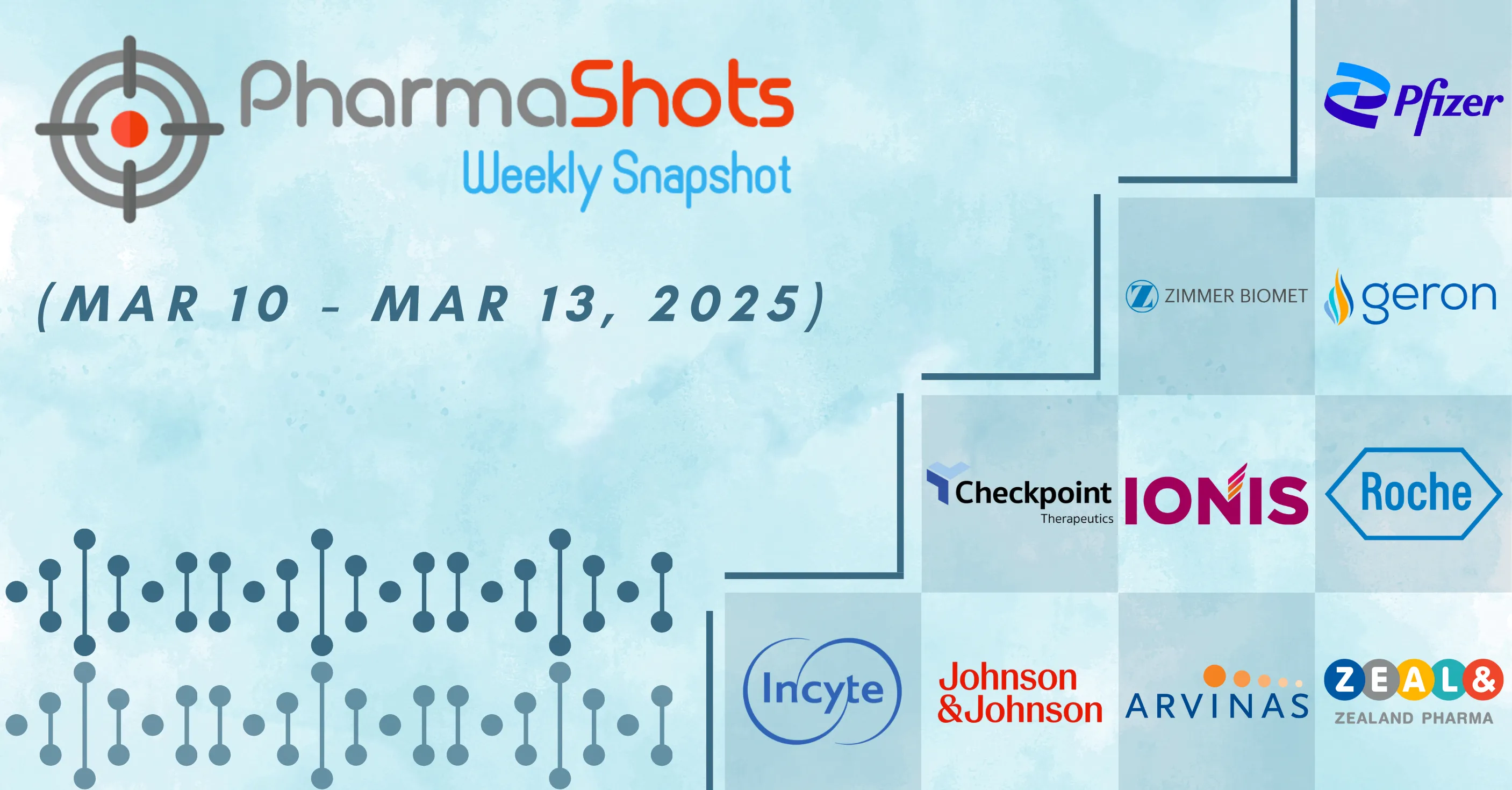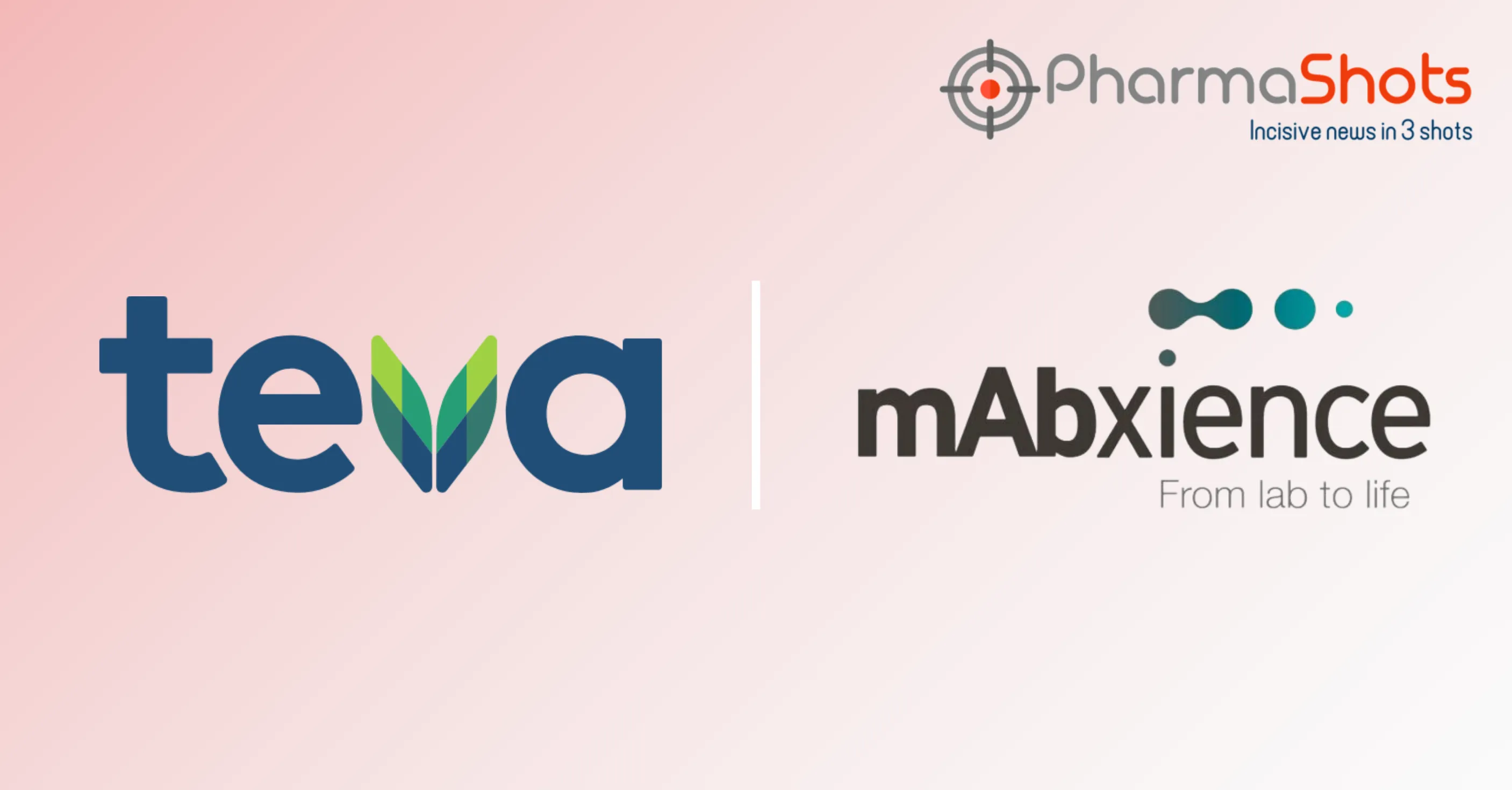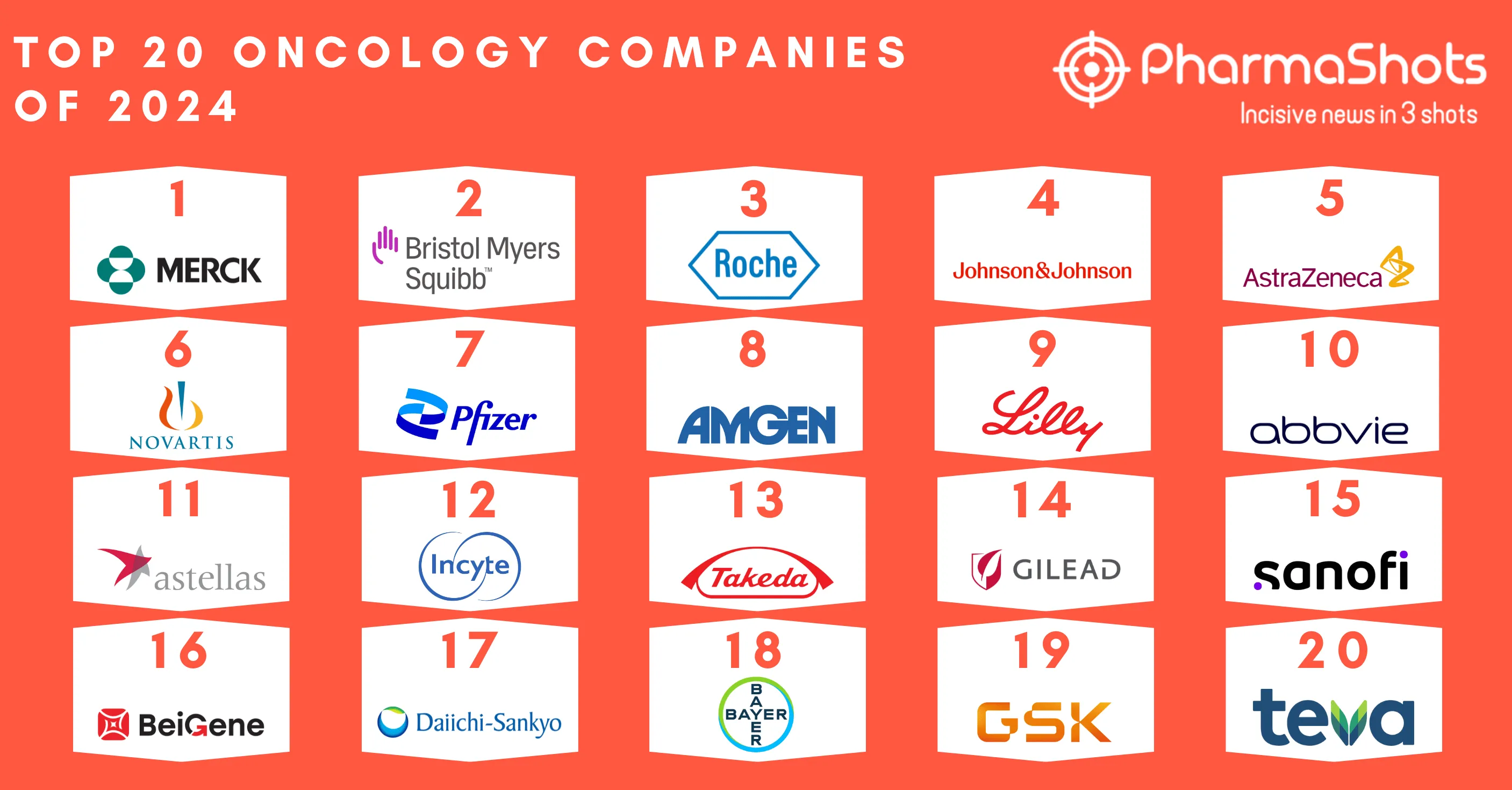
Zydus' ZyCoV-D Receives the DCGI's EUA for the Treatment of COVID-19
Shots:
- The DCGI has granted a EUA for ZyCoV-D which is the world's first plasmid DNA vaccine for COVID-19. The company is planning to seek approval for the two-dose regimen of the vaccine
- ZyCoV-D will become India’s first vaccine for adolescents aged 12-18 yrs. The vaccine is safe and well-tolerated
- ZyCoV-D is a three-dose- needle-free- intradermal vaccine that leads to a reduction in any side effects & administered using PharmaJet for painless delivery. The company plans to manufacture 10-12 crore doses annually
| Ref: PRNewswire | Image: Zydus
Click here to read the full press release

This content piece was prepared by our former Senior Editor. She had expertise in life science research and was an avid reader. For any query reach out to us at connect@pharmashots.com




